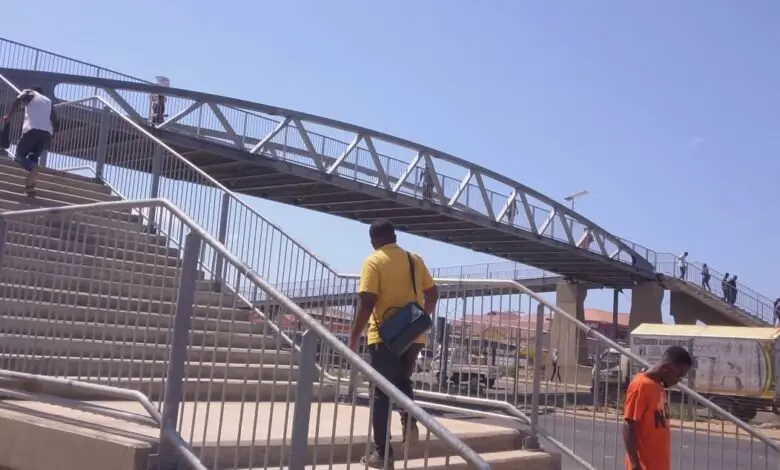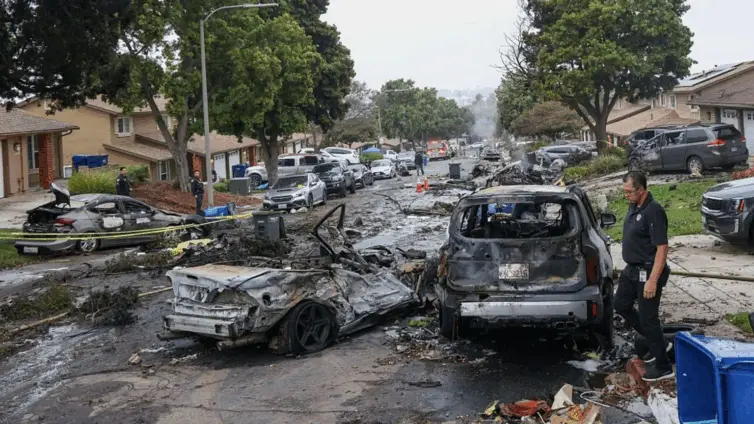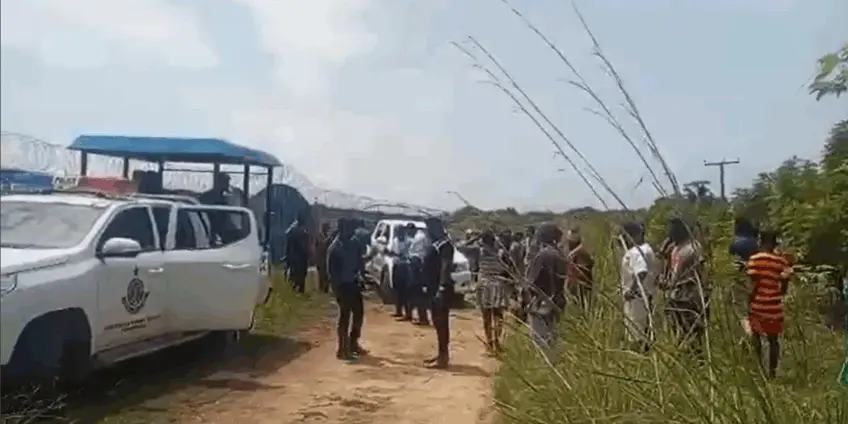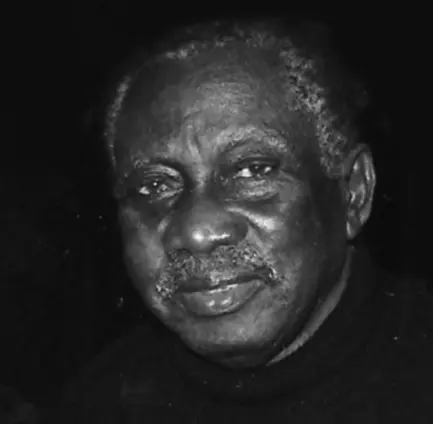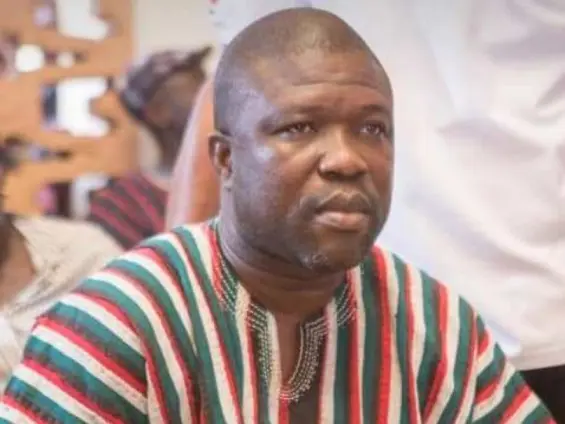The newly constructed Tetegu footbridge, arcing over the bustling Accra-Kasoa highway in the Weija-Gbawe Municipality, stands as a testament to addressing pedestrian safety. Yet, despite its presence, a concerning number of residents continue to risk life and limb by crossing the highway directly. The Tetegu footbridge, intended to eliminate such perilous crossings, now faces the challenge of ensuring its widespread and consistent use.
The footbridge emerged from years of public agitation, a direct response to the alarming frequency of pedestrian accidents along this busy stretch. As reported by Raymond Appiah-Amponsah in The Ghanaian Times, the bridge replaced a traffic light that, while intended to aid pedestrians, exacerbated traffic congestion. The new structure was envisioned as a safer, more efficient alternative, promising to ease traffic flow while safeguarding those on foot.
Many residents have embraced the Tetegu footbridge, visibly increasing pedestrian safety. Every day, men, women and children use the bridge to cross safely. The bridge is contributing to a safer passage for residents living on both sides of the highway, as seen in a recent photograph in The Ghanaian Times.

However, the bridge’s potential remains partially untapped. Some pedestrians continue to gamble with speeding vehicles, choosing the perceived convenience of a direct crossing over the elevated safety of the footbridge. As observers note, this decision often comes down to a matter of convenience overriding caution.
Physical limitations also play a role. Madam Ayishatu Abubakari, a local resident, shared her predicament with The Ghanaian Times: “I cannot use the footbridge because of my knee, that is why I prefer to cross the highway, even though it is dangerous and risky.” Her words highlight the need to consider the accessibility of such infrastructure for all members of the community.
Beyond physical constraints, a concerning number of individuals, seemingly without any impediment, also opt to cross the highway. Adding to the chaos, motorbike riders, locally known as “okada” riders, are also reportedly avoiding the bridge, further jeopardizing their safety and that of others. A recent photo shows the risky behavior.

This underutilization raises serious concerns. Residents and drivers alike worry that disregarding the Tetegu footbridge defeats its purpose, rendering the investment less effective and perpetuating the risk of accidents. The Accra-Kasoa highway is notorious for its high-speed traffic, transforming pedestrian crossings into a life-threatening gamble.
“We have seen too many accidents on this stretch,” lamented Kojo Ntiamoah, a commercial driver, underscoring the urgency of the situation.
In response, calls are growing for intensified public education campaigns, aimed at instilling a stronger sense of responsibility and promoting the consistent use of the Tetegu footbridge. Furthermore, residents and motorists are advocating for stricter enforcement of traffic regulations.
“If people won’t use the bridge, then the police must arrest and fine them. That’s the only way they’ll learn,” asserted Kojo Ntiamoah, echoing the sentiment of many who believe that firmer action is needed to deter risky behavior.
Local authorities are also urged to explore ways to enhance the bridge’s accessibility, particularly for the elderly and physically challenged. Suggestions include installing ramps or elevators to make the structure more user-friendly for individuals with mobility issues.
The Tetegu footbridge, constructed through a collaboration between the Dutch Government and the Ministry of Roads and Highways, represents a broader commitment to addressing pedestrian safety concerns. The investment in the bridge is expected to significantly reduce pedestrian accidents, and is part of a larger initiative by the ministry.
The Tetegu footbridge stands as a crucial piece of infrastructure, designed to safeguard pedestrians and improve traffic flow. While it has undoubtedly made a positive impact, the challenge of ensuring its consistent use remains. By combining public education, stricter enforcement, and accessibility improvements, local authorities can maximize the bridge’s effectiveness and further reduce pedestrian accidents along the Accra-Kasoa highway. The original reporting in The Ghanaian Times underscores the ongoing need for heightened community awareness and responsible road usage to fully realize the benefits of this vital investment.
Image Source: GHANAIANTIMES

